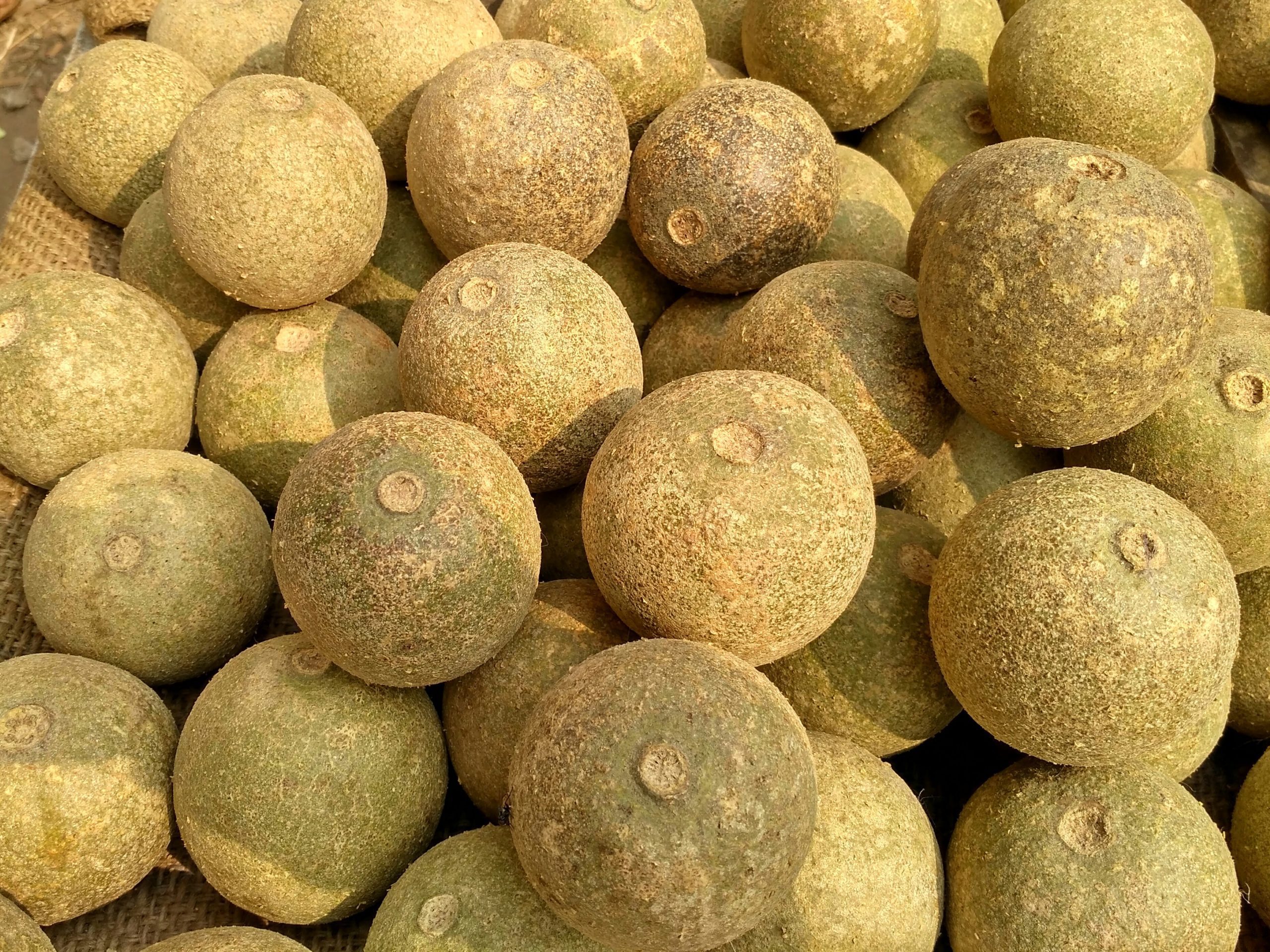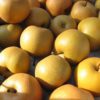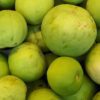
Firstly, introducing Auscrops, a wonderful market vending company bridging farmers and customers together through market vendors. Click here to find out more about wood apples as well fruit and vegetable offers.
Wood Apples – Everything to Know
Have you ever heard of wood apples? This is an intriguing fruit that has been around for centuries and is believed to have originated in India. In recent years, it has become increasingly popular due to its unique flavor and health benefits. Let’s take a closer look at this mysterious fruit and learn more about its history, nutritional value, and potential uses.
History of Wood Apples
Wood apples are native to tropical regions of India, Pakistan, Bangladesh, Sri Lanka, and Southeast Asia. The scientific name for the wood apple is Aegle marmelos and it has been used in traditional Ayurvedic medicine for centuries. Its popularity spread throughout Asia but only recently gained attention in other parts of the world.
Nutritional Value
Wood apples are high in fiber, vitamins B1 and B2, calcium, phosphorus, magnesium, potassium, zinc, iron, manganese and selenium. They also contain antioxidants such as flavonoids which can help reduce inflammation in the body. Furthermore, they are low in calories making them an ideal snack choice for those trying to lose weight or maintain a healthy diet.
Uses
Eaten raw or cooked into dishes such as chutneys or curries. Also juiced or blended into smoothies or milkshakes for added nutrition. The leaves from wood apples also edible as well used as a garnish or added to salads or soups for extra flavor. Additionally they make great pickles when mixed with spices like chili powder and fenugreek seeds. Finally the skin of the wood apple used as an exfoliant when mixed with honey or yogurt to create a face mask that helps remove dead skin cells leaving your skin feeling soft and refreshed!
Conclusion:
They have become increasingly popular due to their unique flavor profile and potential health benefits including high fiber content as well as vitamins B1 & B2 , minerals such as calcium & phosphorus, magnesium & potassium, zinc & iron, manganese & selenium.
Click here to read similar articles.
 Français
Français 











